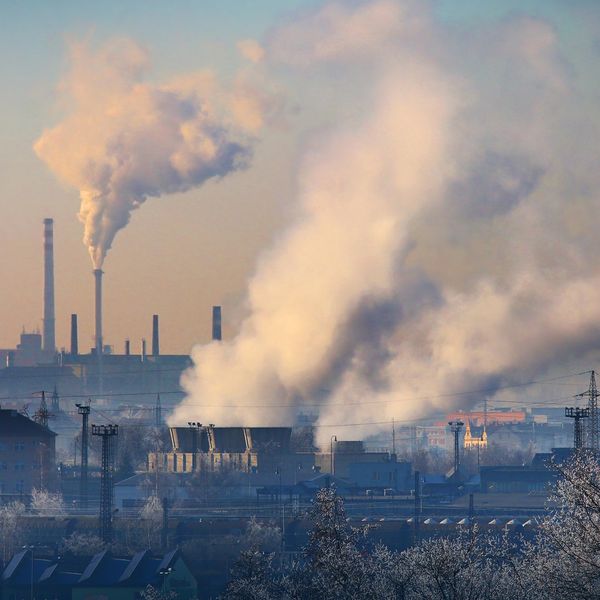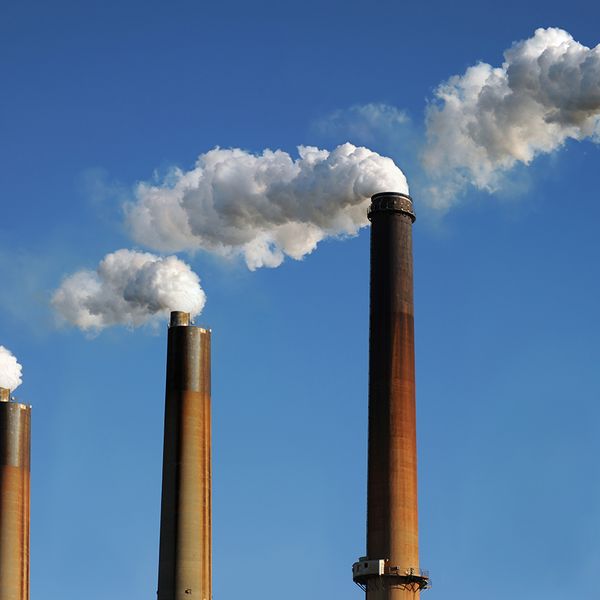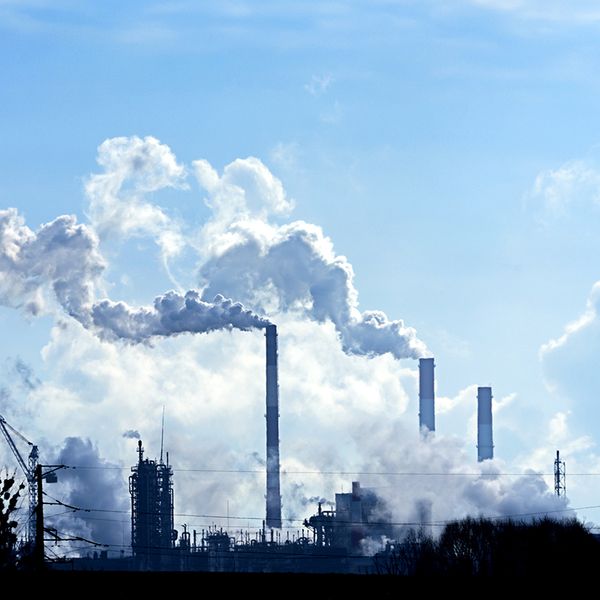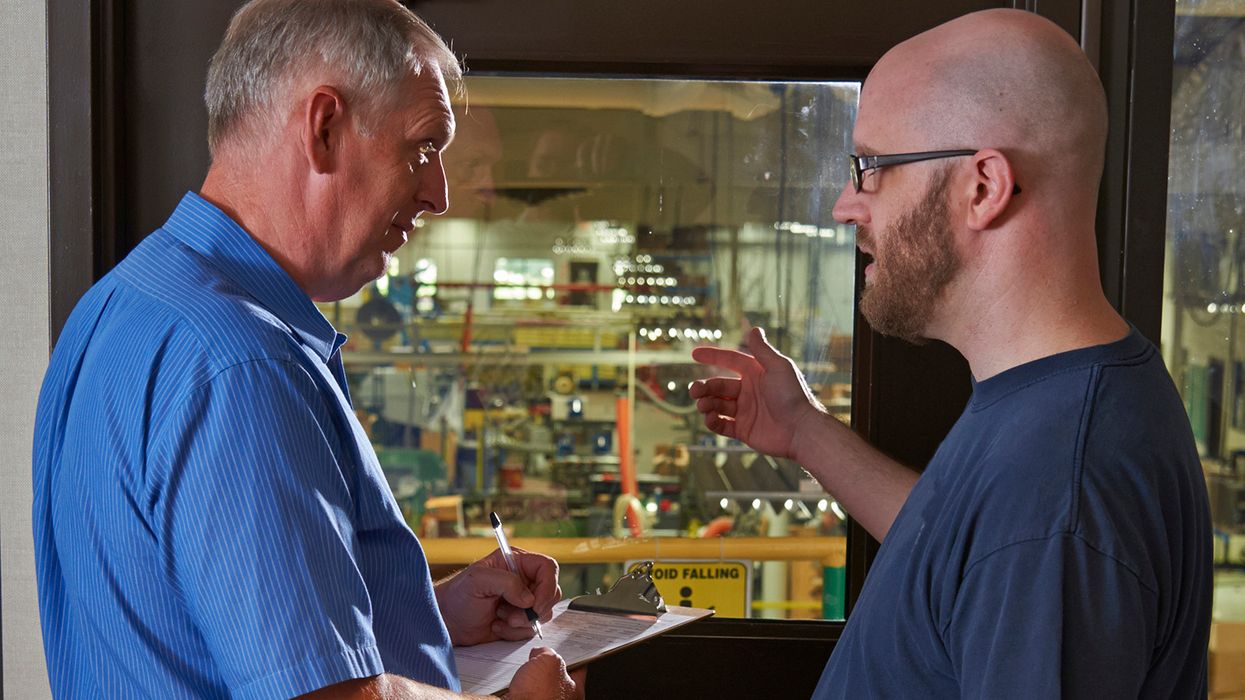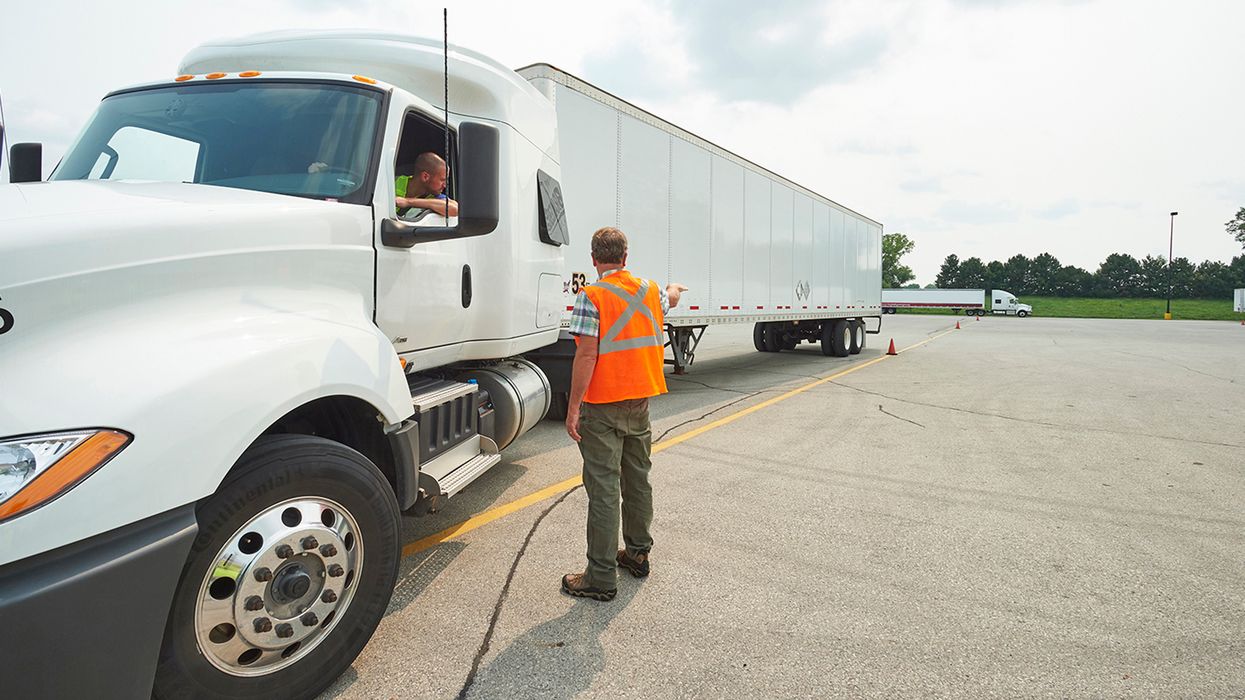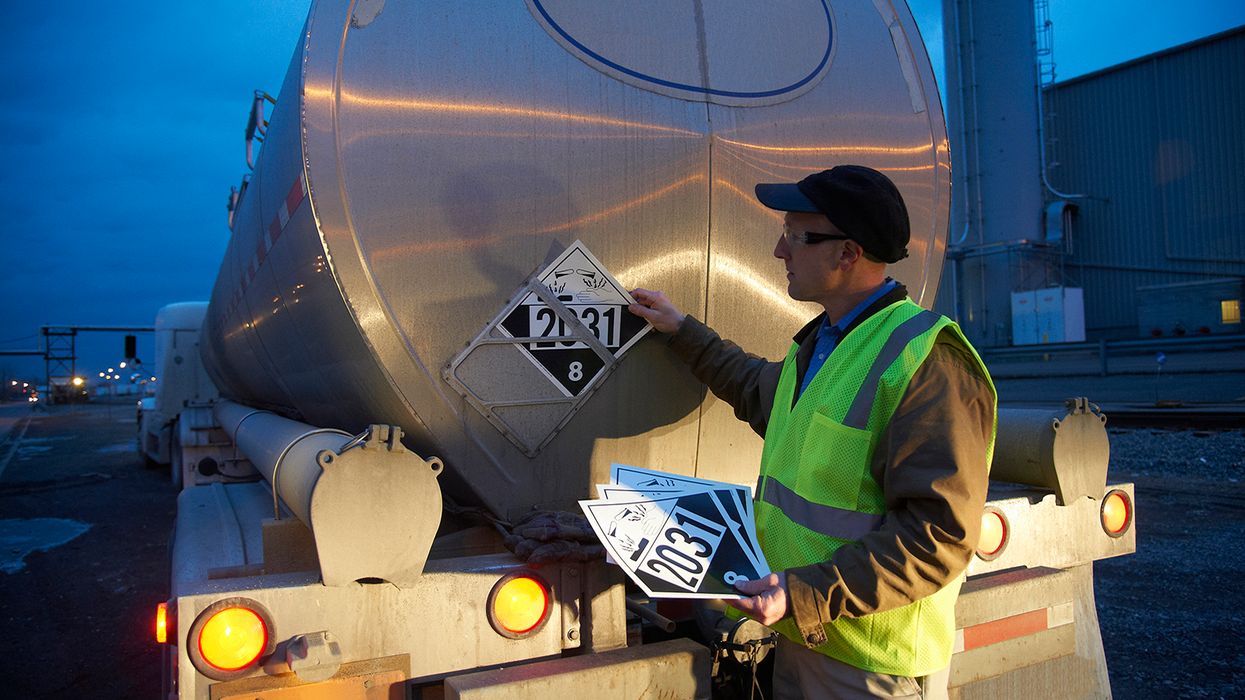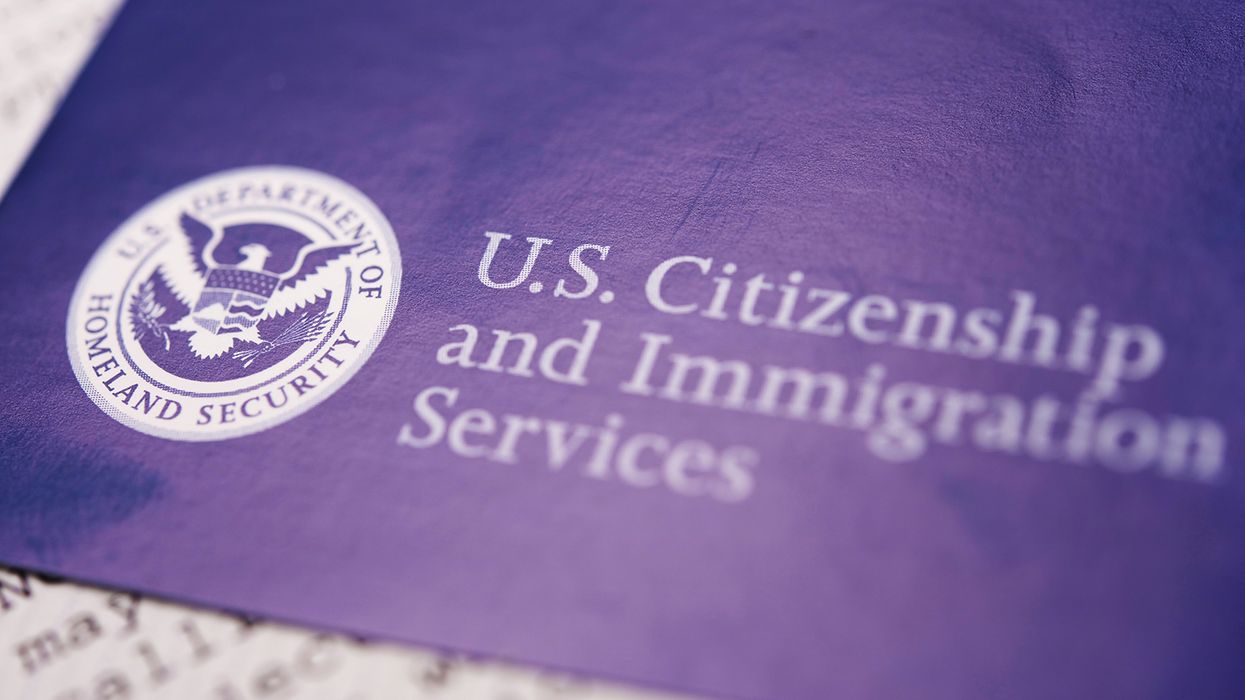EPA takes aim at air pollution from major industrial sources
The Environmental Protection Agency (EPA) has proposed to strengthen a 2020 air toxics rule to prevent emissions increases and protect public health. The proposal would require industrial facilities that emit large amounts of hazardous air pollution to create federally enforceable permit conditions that prevent emission increases above what would be allowed under a major source emission standard under the Clean Air Act.
Proposed changes
The EPA’s proposed changes to the 2020 rule would:
- Require facilities that reclassify as area sources to establish federally enforceable permit conditions that limit their releases to levels that are no higher than their emissions as a major source.
- Require facilities that reclassify as area sources to notify the EPA and the public of their intent to reclassify at least 30 days in advance.
- Allow the EPA to review and object to reclassification applications.
The EPA estimates that its proposed changes would prevent up to 260 premature deaths and 1,200 new cases of cancer each year. Environmental groups and state and local governments have voiced support for the EPA’s intended changes. They argue that the changes are necessary to protect public health, especially in low-income areas and communities of color.
While industry groups have resisted the EPA’s proposed changes. They argue that the changes would be difficult and expensive for businesses, and that they would stifle innovation.
Background
The Clean Air Act (CAA) requires the EPA to manage air toxics, which are pollutants that can cause serious health problems, including cancer, birth defects, and other damages. The EPA has set national emission standards for hazardous air pollutants (NESHAPs) for many industries, including chemical plants, power plants, and petroleum refineries.
In 2020, the EPA issued the “Reclassification of Major Sources as Area Sources Under Section 112 of the Clean Air Act” rule. This allowed major sources of air toxics to reclassify as area sources, which are subject to less strict emissions limits. At the time the EPA argued that the rule would allow facilities to reduce releases through innovation and flexibility, without impacting public health. However, environmental groups and state and local governments argued that the rule would allow facilities to increase emissions and jeopardize public health. They also argued that the rule would overly impact low-income areas and communities of color, which are more likely to be located near major sources of air pollution. The agency is now proposing to strengthen the 2020 rule to better protect public health from hazardous air pollution. The proposed amendments would also require limits taken to reclassify from major source to area source to be federally enforceable. The proposed requirements would apply to all sources that choose to reclassify, including any sources which have reclassified since January 25, 2018.
What is next?
The EPA is accepting public comments on its proposed changes until November 21, 2023. After considering public comments, the EPA will finalize the rule.
Key to remember: EPA’s proposal would strengthen the 2020 rule by preventing reclassified sources from increasing emissions, making it easier to enforce the limits and help ensure that major sources comply with the law.





